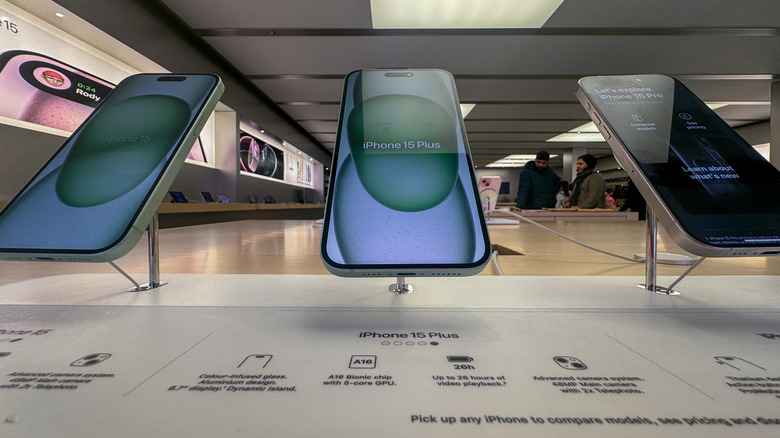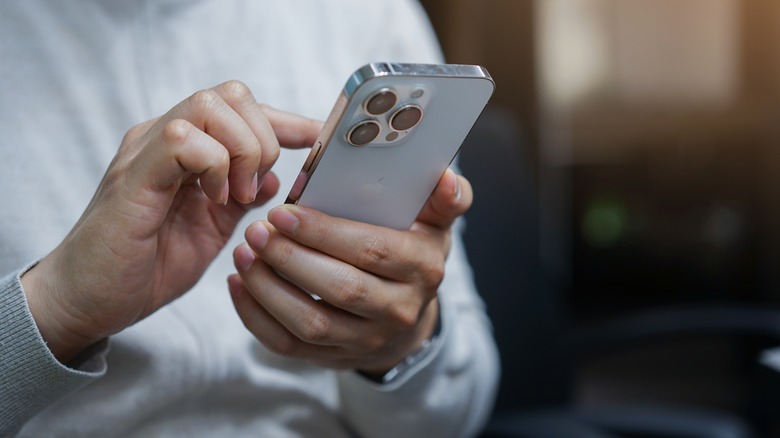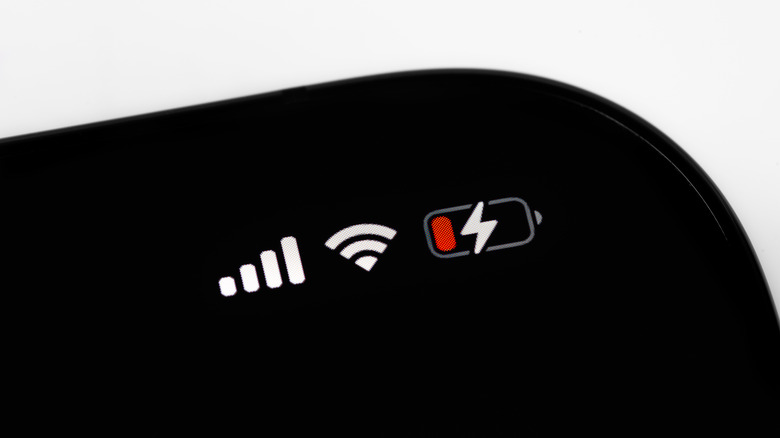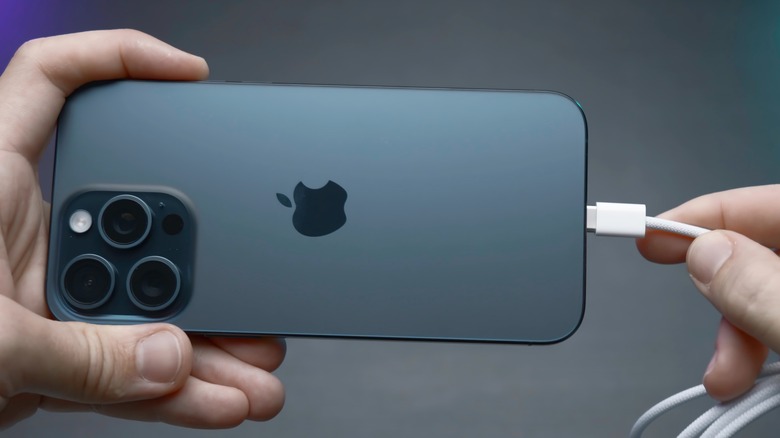How Long Will Your iPhone 15 Be Good For?
Now that September 2023 has come and gone, the iPhone 15 is Apple's current big new phone — at least until September 2024. There will undoubtedly be some who immediately upgrade to what will presumably be the iPhone 16, but plenty of people tend to hang onto their phones several years after that initial release.
However, this doesn't mean the iPhone 15 will be tossed into obsolescence immediately. It will be one day, for sure, just not within a year after launch. But just how long can we expect Apple to support it? And how long will the hardware hold out on its own?
Exactly how long Apple will continue to support a given iPhone model with iOS and security updates, repairs, etc., isn't always precise. The bad news is that it will happen eventually, at which point you will either have to upgrade or make peace with using outdated tech that you can't easily fix and is likely a bit of a security risk. The good news is that you can generally expect to get several good years out of it before any of that happens.
What Apple says
By Apple's own admission, the countdown clock for when a specific product will be considered obsolete doesn't start until the company stops distributing it. In other words, official support for the iPhone 15 won't start to wind down until Apple decides it's not worth selling anymore.
Once that threshold is reached, the product will continue to receive support for repairs for at least five more years, though it won't fall into Apple's "obsolete" (read: you're on your own) until seven years past the date that sales were discontinued. Once an iPhone or other Apple product is considered obsolete, hardware servicing from Apple or licensed repair shops is out.
Software-wise, it's a little more nebulous as it has more to do with whether or not the iPhone can handle a given iteration of iOS — or whether the newest version of iOS is designed to work on that iPhone model — rather than direct software support. Rather than an official statement on the matter or a planned timeline, we can make an educated guess. Going by current trends and past history, it's likely that the iPhone 15 will be able to continue with iOS version updates for another five to six years after its initial release — as also evidenced by Apple's most recent iOS 12 update in January of 2023 (a bit under five years from its 2018 release). So, expect the iPhone 15 to receive software updates through 2028 or 2029.
How long until the battery gives out?
It is also difficult to determine an exact number for how long an iPhone 15's battery will last. Many factors can impact battery health and overall lifespan, but Apple's official stance is that it will be reduced to around 80% capacity after approximately 1,000 completed charge cycles — about 500 more cycles than the iPhone 14.
As long as your iPhone 15 is still under warranty, Apple will replace a waning battery for you. It'll do so if the phone is out of warranty as well, but you'll have to pay $99 or more for the repair (unless you have AppleCare+). As previously mentioned, warranties aside, you can expect to be able to bring an iPhone 15 in for repairs (including battery replacements) up to seven years after Apple stops selling it. Judging by the iPhone 12 being discontinued in 2023, about three years after launch, the iPhone 15 will likely be off the market starting in 2026.
Exactly how long it will take you to hit that 1,000 complete cycle degradation to 80% (and beyond) is ultimately up to you, as well as how often you charge your iPhone back up to full. To see how your phone's battery is currently doing, open the Settings app and scroll down to select Battery, then tap on Battery Health & Charging. Maximum Capacity denotes your battery's current overall health and maximum capacity compared to when it was brand new.
Ways to keep it going
Aside from taking care not to leave your iPhone 15 out in the sun, drop it onto hard surfaces or into liquid, and so on, there isn't much you can do to prolong the life of the hardware. While it's important to keep your iOS current — particularly security updates — Apple is the one that ultimately decides when software support ends. That all said, there are some things you can do to give your battery a better chance (not a guarantee) of lasting longer.
Take steps to mitigate the day-to-day drain on your battery when possible. Using less battery power means you won't be inclined to charge it as often, which means fewer opportunities to complete a full charge cycle. Cut down on your display brightness, close unused applications and turn off unwanted features, stick to Wi-Fi over cellular data when you can (Wi-Fi uses less power), etc.
Low Power Mode can also help you to get more out of your iPhone's battery by automatically lowering display brightness and turning off or limiting a number of other energy-hungry features. This mode is usually recommended for those moments when the battery is extremely low, but you can turn it on whenever you want. Just open the Settings app and scroll down to select Battery, then tap the toggle next to Low Power Mode to turn it on (the toggle will turn green). Just be aware that this can and will affect ProMotion display quality, impact 5G usage, and will cut you off from iCloud Photos.



